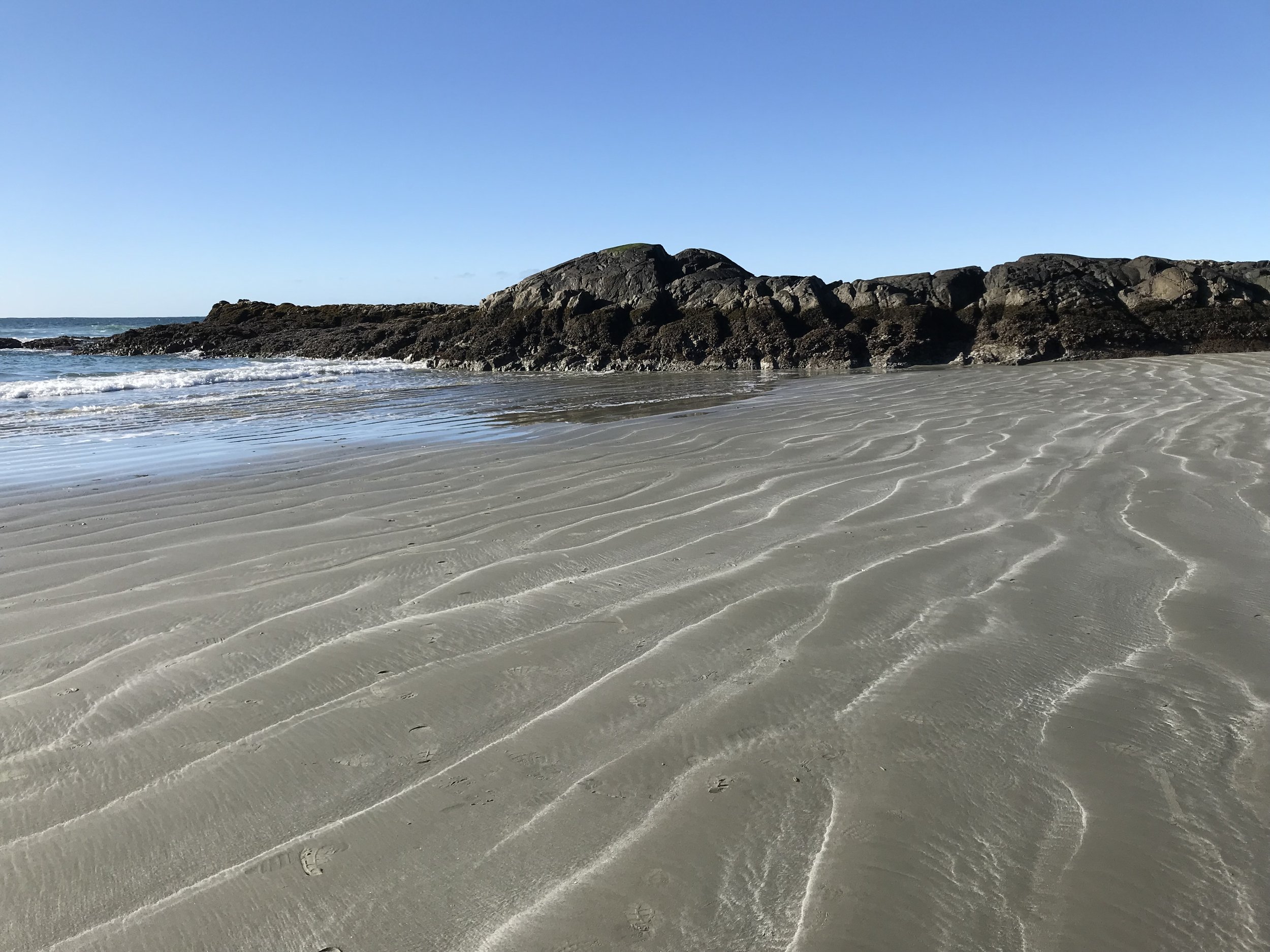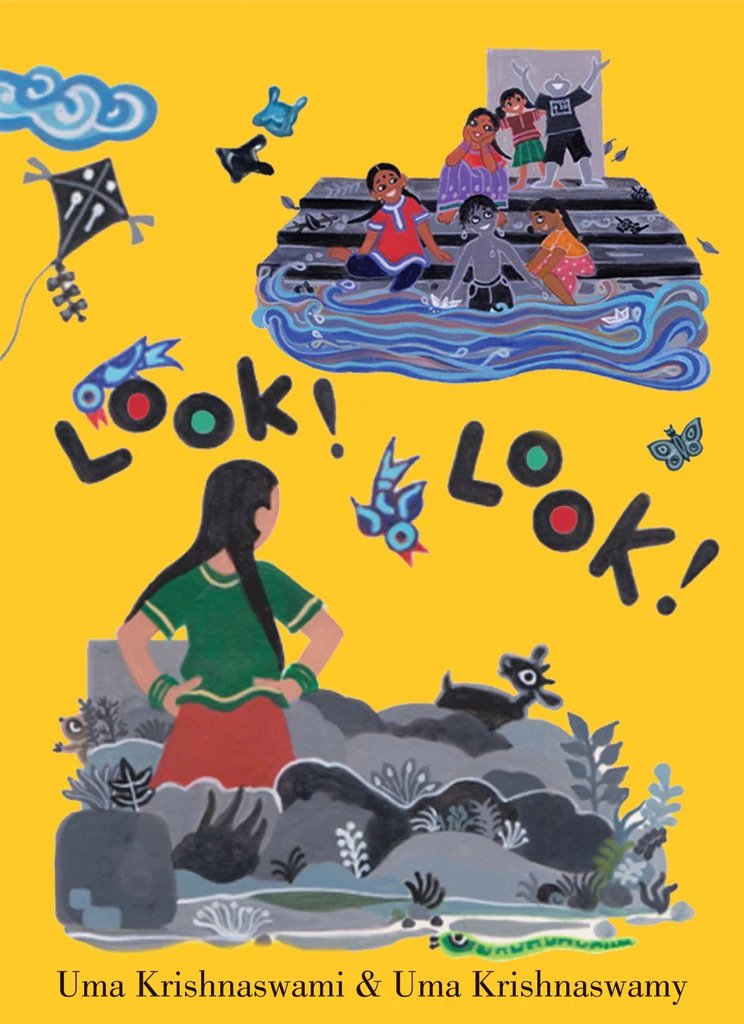
Writing With a Broken Tusk
Writing With a Broken Tusk began in 2006 as a blog about overlapping geographies, personal and real-world, and writing books for children. The blog name refers to the mythical pact made between the poet Vyaasa and the Hindu elephant headed god Ganesha who was his scribe during the composition of the Mahabharata. It also refers to my second published book, edited by the generous and brilliant Diantha Thorpe of Linnet Books/The Shoe String Press, published in 1996, acquired and republished by August House and still miraculously in print.
Since March 2024, Jen Breach (writer, VCFA graduate, and former student) has helped me manage guest posts and Process Talk pieces on this blog. They have lined up and conducted author/illustrator interviews and invited and coordinated guest posts. That support has helped me get through weeks when I’ve been in edit-copyedit-proofing mode, and it’s also introduced me to writers and books I might not have found otherwise. Our overlapping interests have led to posts for which I might not have had the time or attention-span. It’s the beauty of shared circles.


Guest Post: Jamilah Thompkins-Bigelow, Picture Books and the Playfulness of Children
Jamilah Thompkins-Bigelow knew she wanted to be a writer at the age of seven when she wrote a story called “Little Ballerina” and wasn’t satisfied with it when she finished it. She added a sequel and then more, until she had “an impossibly long series.” More from her web site:
I wrote stories and poetry all through grade school and even college, but as an adult, I suppressed my dreams of pursuing professional writing.
This pathway so closely mirrors my own childhood writing experiences and my own reluctance to honor them as an adult that I thought I’d reach out to Jamilah for a guest post. I meant to, but got sidetracked by the daily shuffle.

Shape, Space and Scansion in Picture Book Text—Part 2
As a picture book writer who is not also an illustrator, I only have my mind to work with, so when people ask me how my process works, it’s easy to freeze, to default to not knowing. Not knowing makes me inclined to wonder if the art and craft of it all might be purely instinctive. Or worse, perhaps a fluke. So while I was looking at my own book, Look! Look! in this context, I thought I’d ask a couple of writers in my critique group (affectionately dubbed The Autodidacts) to weigh in: Vaunda Micheaux Nelson and Caroline Starr Rose.
I asked each of them to think about one of her picture books to find something that changed between the early draft and the final book.
Vaunda wrote about Almost to Freedom (2004 Coretta Scott King Illustrator Honor Book):
I was working on the final phase of Almost to Freedom. The story is historical — about a family trying to escape slavery — and I am always concerned about getting the history correct.

Shape, Space, and Scansion in Picture Book Text—Part 1
I’ve always been fascinated by writing picture book text, which is in effect, the work of writing what feels like half a book. Only the words, but we know the book won’t be complete until pictures arrive to fill in most of the spread that our words get sprinkled over. So I thought it might be fun and maybe informative as well, to take a look at how I did this, exactly, with one of my picture books. What did I put in? What did I leave out?
To start with, here’s the final draft of the first manuscript page of Look! Look! that I submitted to Groundwood Books in 2023.

What happened when? The challenge of writing a companion book
I started writing the text of a possible companion book to Out of the Way! Out of the Way! last year, with a focus on water and with a girl as protagonist, a contrast in my mind to the earlier story about a boy and a road and a tree.
I thought I’d written a tidy picture book text, stayed true to my young character, followed more or less the shape of the previous story.
